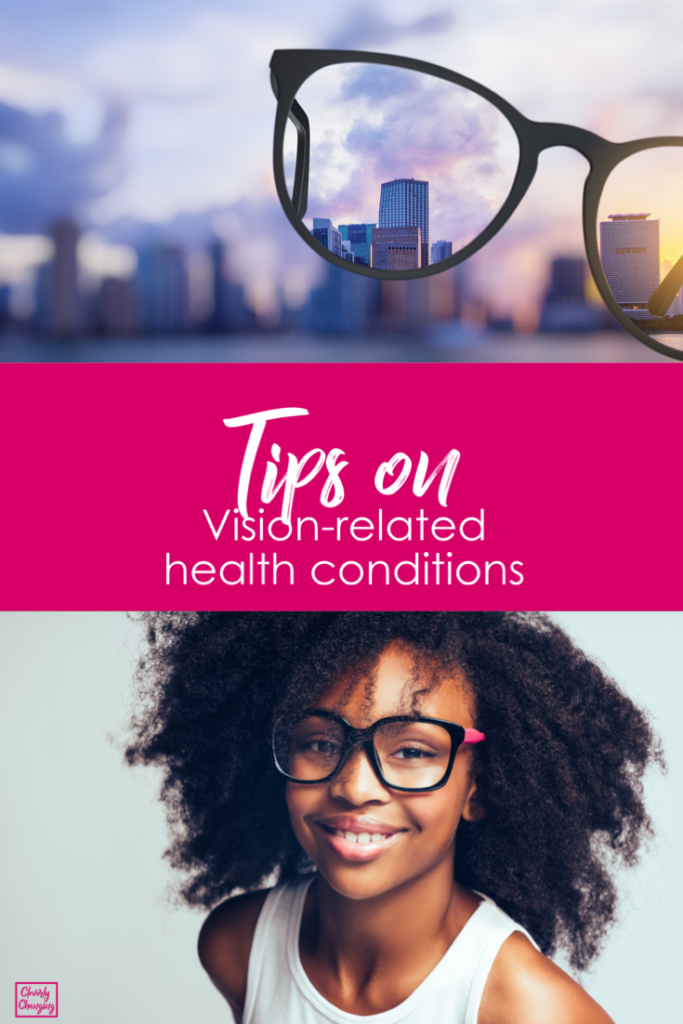Driving at night can be an intimidating experience, especially if you have vision issues. Nighttime driving requires keen eyesight and sharp focus.
Many people don’t realize that certain vision-related health conditions can make driving even harder in the dark.
Many states only require the most basic eye exam to renew your driver’s license. However, regular eye checkups are an essential part of your health. If you’re having trouble with your eyesight, consider booking an appointment with these eye doctors in Utah to resolve the issues.
With the proper precautions, it is possible to drive safely. In this article, we’ll cover the three most common vision-related health conditions that make driving hard at night.
Glaucoma
Glaucoma is a condition in which increased pressure inside the eye damages the retina, optic nerve, and visual cortex. It can lead to an irreversible loss of vision. Many people are unaware they have it until it’s too late.
The most common symptoms include blurred vision, seeing halos around lights, and headaches. Regular eye exams can help detect the condition early on.

Cataracts
A cataract is a change in the structure of the lens inside the eye that leads to a reduction in vision. The lens in your eye is responsible for focusing light onto the retina, which your brain converts into an image.
As we age, the lens in the eye naturally becomes increasingly less transparent, which can interfere with the ability to focus light efficiently onto the retina, leading to an accumulation of age-related visual conditions, including cataracts.
Some people’s cataracts can be removed through surgery, whereas others might be treated with medication.
Astigmatism
Astigmatism is a common vision condition that affects the way we see. It is caused by an irregular and often asymmetrical curvature of the eye, which can cause blurred and distorted vision.
While astigmatism can affect our ability to see clearly at any time of day, it is particularly noticeable when driving at night. It can be difficult to make out the details of the road, which can lead to unsafe driving conditions.
Astigmatism is extremely common. In a recent study of 12,000 people, 36 percent were found to have astigmatism.
Fortunately, astigmatism is easily treated with eyeglasses, contact lenses, and even laser surgery.
Tips for Driving at Night
Driving at night can be a stressful and dangerous experience for many people, especially those with vision-related health conditions. However, there are tips they can use to make night driving safer and more comfortable.
Make sure to wear your glasses or contact lenses at night. If you wear glasses, keep them in a place where you can easily find them if you need to remove them while driving.
You can modify your driving habits to make it easier to see at night. Avoid driving in heavy traffic, which can be more dangerous at night.
Try to avoid driving at night if necessary, or try to find a safe place to rest if you feel tired while driving at night.
One of the most important things you can do to make driving safer at night is to have regular eye exams.
With the right precautions, you can drive confidently, even at night.

